Portable basketball hoops are a fantastic choice for families, aspiring players, or anyone looking to enjoy the game at home. They offer convenience, flexibility, and plenty of fun. This guide will break down everything you need to know about portable hoops, from backboards to bases, so you can make an informed decision and start playing sooner on a hoop that will give you and your family years of reliable performance and lasting memories.

Why Choose a Portable Basketball Hoop?
Portable hoops are ideal if you’re looking for flexibility. Whether you’re renting a property, need to move the hoop occasionally, or don’t want to commit to an in-ground system, a portable hoop is your best bet. These hoops are standalone systems, featuring a base that can be filled with sand or water for stability, and wheels for easy mobility.
With so many options available, choosing the right portable basketball hoop can feel overwhelming. To make your decision easier, we’ve broken down the key features into five essential factors to consider. From backboard materials to height adjustability, this guide has everything you need to find the perfect hoop for your space and play style.
1. Picking the Right Backboard
The backboard is arguably the most important feature to consider, as it directly affects both gameplay and durability. The two main factors to evaluate are material and size.
Material
The material of your backboard plays a significant role in durability, performance, and cost. Here are the most common options:
Synthetic: These materials are relatively inexpensive, lightweight, and durable, making them suitable for outdoor play.
- Polycarbonate: Known for its high durability, polycarbonate offers solid performance and excellent value, making it a popular choice for family and beginner use
- Acrylic: Slightly more rigid than polycarbonate, acrylic may also resist discoloration over time better than polycarbonate materials.
Tempered Glass: The professional standard, tempered glass delivers the best rebound and spin response for advanced players. Heavier and more rigid, it’s ideal for players seeking an arena-like experience. However, it comes at a higher price and is typically found on premium hoops found in gymnasiums and arenas
Size
The size of your backboard is another key consideration, especially if space is limited:
- 40”– 50” Backboards: Compact and space-saving, these backboards are great for smaller driveways and beginner players who may play at a lowered height.
- 54" – 60” Backboards: Mid-size backboards strike a balance between space efficiency and gameplay versatility, making them a popular choice for residential hoops.
- 72” Backboards: Regulation size, these backboards are perfect for large driveways or dedicated basketball courts. These offer the most authentic playing experience.

2. Understanding Rim Options
Not all rims are created equal, and choosing the right one can make a big difference in performance and durability. Here’s what you need to know:
Standard Rim
A fixed, non-flexible rim that is often found on entry-level hoops. While suitable for casual play, standard rims may not respond accurately during gameplay, and also place more stress on the backboard, which can lead to damage over time.
Breakaway Rim
A breakaway rim features a spring mechanism that allows the rim to flex when pressure is applied, such as during a dunk. This reduces stress on the backboard and lowers the risk of injury.
Breakaway rims come in two types:
- Exposed Spring: The springs are visible, which can lead to rust and decreased performance over time, especially in outdoor environments
- Enclosed Spring: The springs are encased in a protective housing, offering better durability and weather resistance, making this the preferred choice for outdoor hoops.
Note: The term "breakaway" refers to the rim's ability to bend away from horizontal and spring back into place. It does not mean the rim breaks or detaches from the hoop during normal gameplay.
Most modern hoops designed for moderate to advanced play include a breakaway rim, making them ideal for players who want to dunk or engage in more intense gameplay.

Standard Rim

Breakaway Rim (Enclosed Springs)
3. Stability and Base Design
The base is what keeps your hoop upright and safe during play, as well as during storms and high wind weather events. Most portable hoops use a combination of water, sand, or even gel for weight and stability.
Base Size
When choosing a portable basketball hoop, it’s important to check the dimensions of the base to ensure it will fit your intended space. Additionally, make sure the base is capable of supporting your backboard under the playing conditions you anticipate.
- For smaller backboards or hoops that will primarily be set below 10 feet, look for a base with a filling capacity of at least 200 pounds (90 kg).
- For larger backboards or hoops that will primarily be set at the regulation height of 10 feet, opt for a base that can hold at least 300 pounds (135 kg).
Contents
Different portable hoops require their bases to be filled with specific substances for stability. Filling with just water alone can lead to sloshing, which makes the hoop unstable and prone to tipping or damage. Most modern hoops recommend filling the base with a combination of sand and water. Sand provides weight and rigidity, while water helps evenly distribute the weight, creating a more stable and durable base that keeps your hoop secure during play.
Pro Tip: If you live in colder climates, add antifreeze to water-filled bases during winter months to prevent damage to your hoop.


4. Height Adjustment: Growing with Your Game
Height adjustability is one of the most versatile features of portable basketball hoops, making them suitable for players of all ages and skill levels. Most models allow you to adjust the hoop to the regulation height of 10 feet, while offering lower settings for younger players or casual play.
When considering height adjustment systems, be aware that some hoops are bolt fixed, while others allow quick adjustment:
Fixed Hoops
These hoops are fixed at the top. If they allow height adjustment at all, it will require unfastening and refastening bolts with tools to change the height. While secure, this method can be time-consuming and less convenient.
Quick Adjust Hoops
These hoops use cranks and other quick release systems to smoothly and precisely change the height, often in as little as 5 seconds. This makes them ideal for families who may want to adjust their height frequently to accommodate players of different ages and skill levels.
Note: Some hoops also feature removable pole sections, which lower the range of adjustable heights. This makes them a great choice for younger players just starting out while providing flexibility as they grow and develop their skill
 5. Built to Weather the Elements
5. Built to Weather the Elements
Outdoor hoops are exposed to sun, rain, and sometimes snow, so durability is key. Look for these features:
Weatherproof Coating: Ensures the hoop and backboard resist rust and discoloration.
UV-Resistant Materials: Prevents fading and brittleness over time.
A well-maintained hoop can last for years, even in tough conditions.


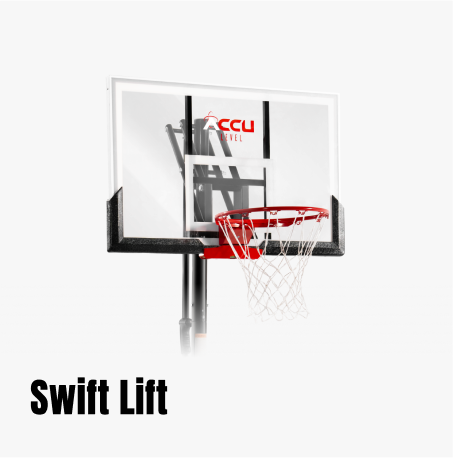
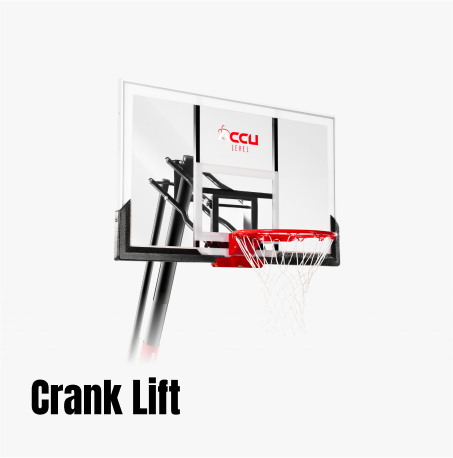
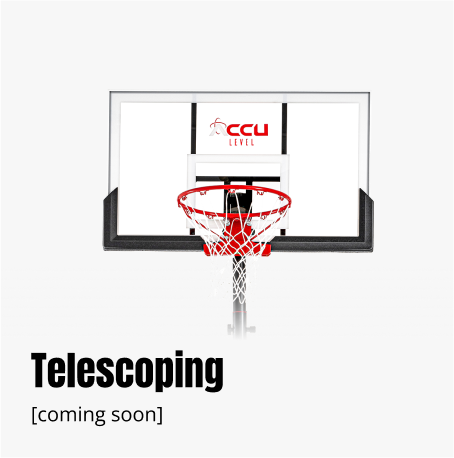
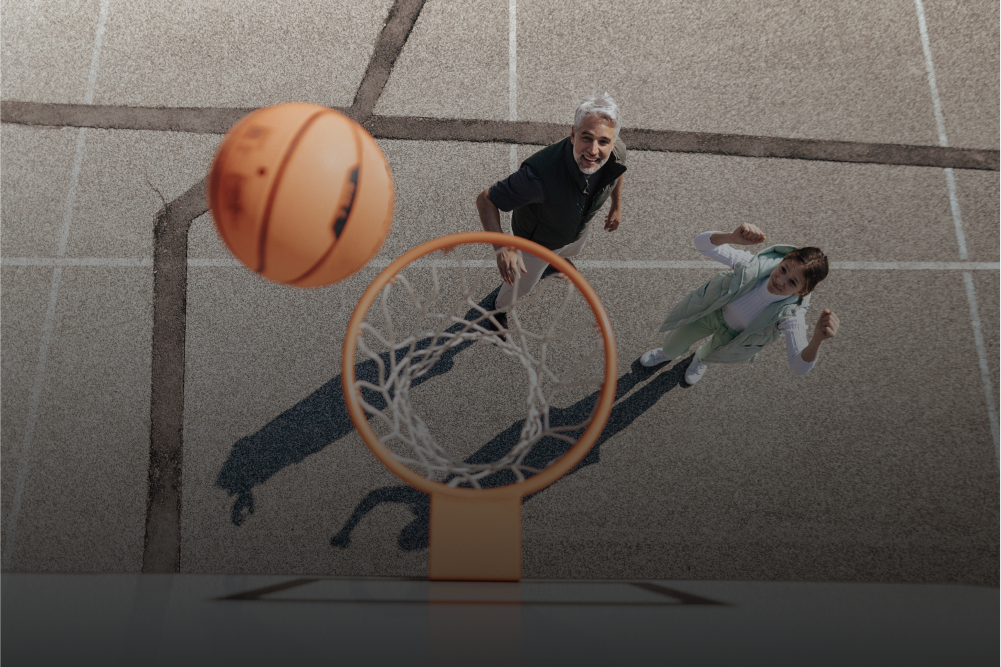
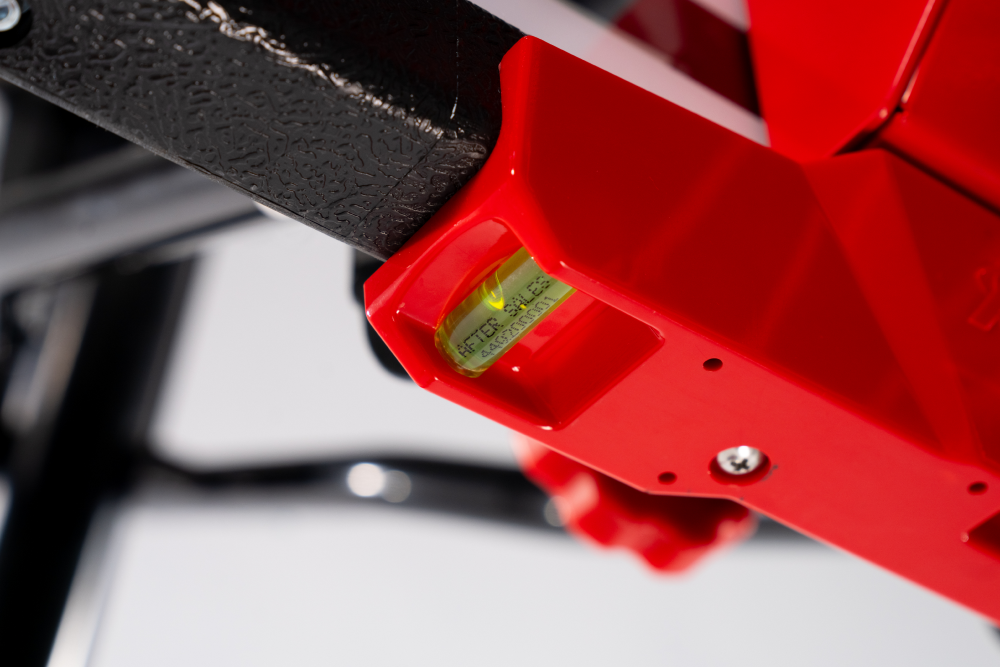
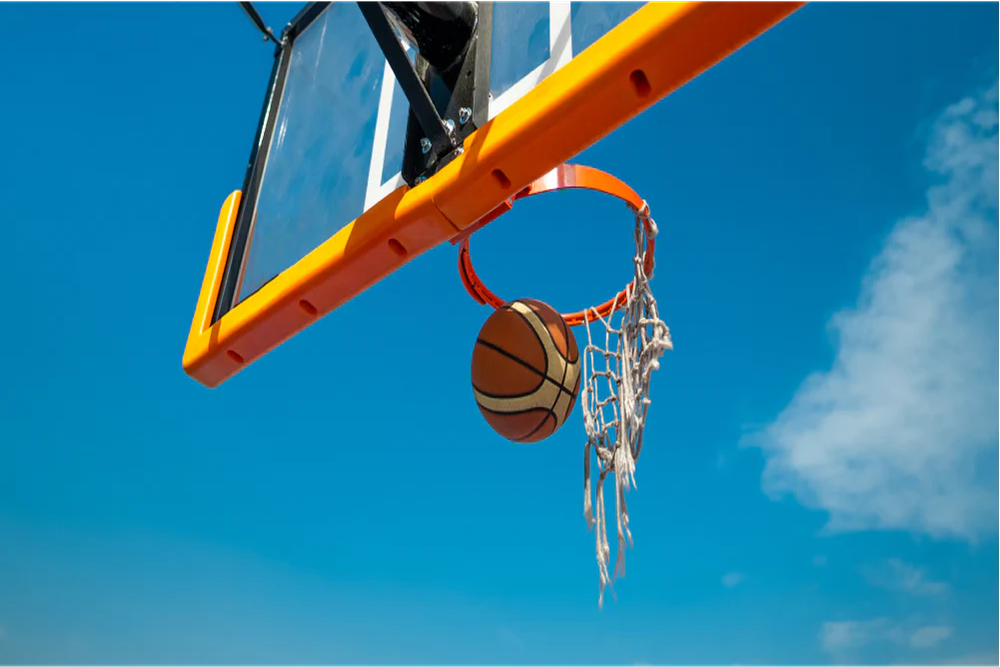
Leave a comment
This site is protected by hCaptcha and the hCaptcha Privacy Policy and Terms of Service apply.